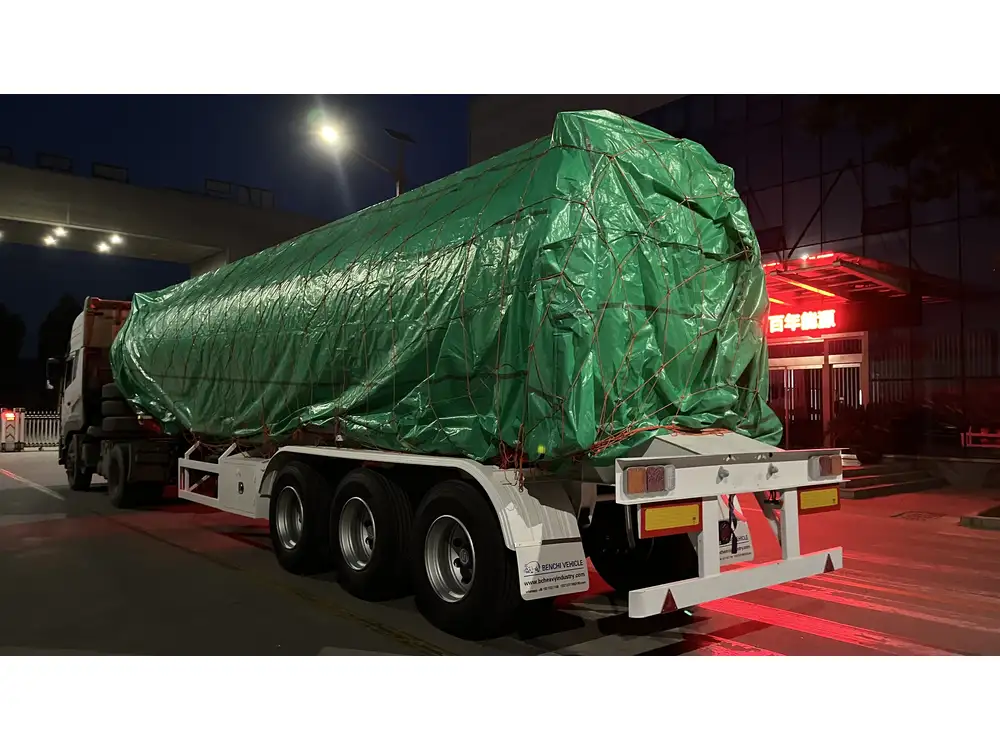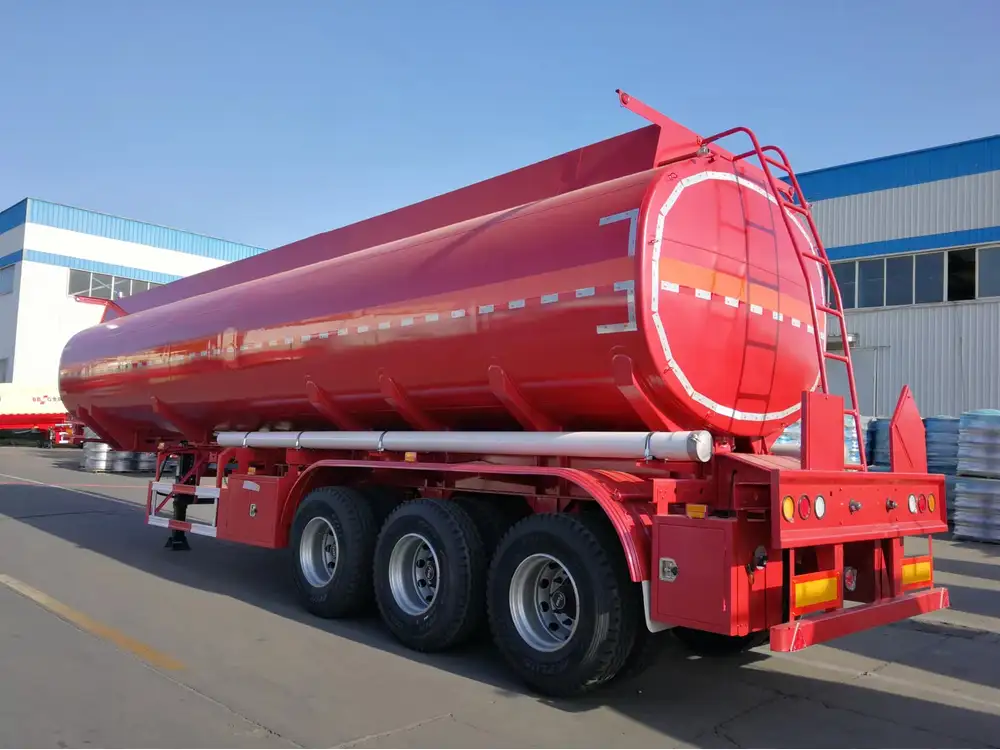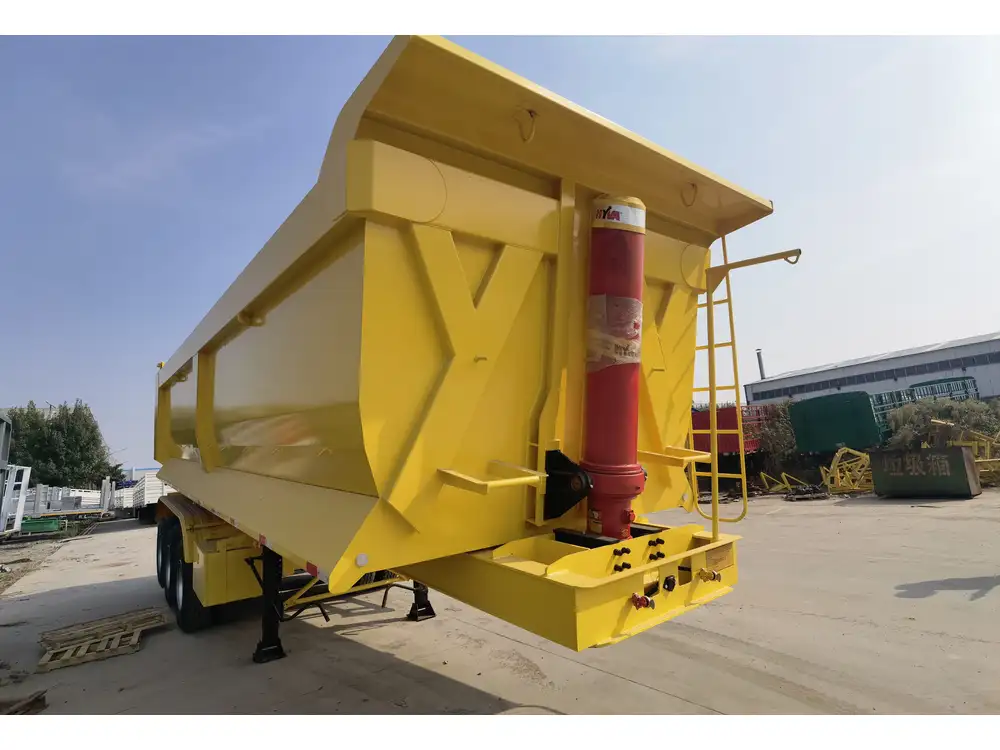Adjusting the weight on a semi-trailer is a crucial process that can significantly affect not only your vehicle’s performance but also safety and compliance with legal regulations. Proper weight distribution is essential for maintaining vehicle stability, ensuring safety during transport, and enhancing the overall efficiency of your operations. Below, we delve into the nuances of adjusting weight on a semi-trailer, breaking down the process into clear, actionable steps, accompanied by comprehensive details.
Understanding Weight Distribution
The Importance of Proper Weight Distribution
Maintaining optimal weight distribution is vital for several reasons:
- Safety: Correct weight placement minimizes the risk of trailer sway, enhancing overall vehicle stability.
- Legal Compliance: Overweight loads can result in penalties; each state has specific weight restrictions for semi-trailers.
- Tire Wear: Unevenly distributed weight can lead to increased tire wear and tear, resulting in higher maintenance costs.
- Fuel Efficiency: Proper weight distribution can improve fuel efficiency, which is beneficial for your bottom line.

Key Factors Influencing Weight Distribution
- Load Type: Different materials and products have varying weights and centers of gravity.
- Trailer Design: The design of the semi-trailer affects how weight is distributed along its axles.
- Trailer Condition: Age and maintenance of the trailer influence weight-bearing capacity.
Weight Distribution Charts
Utilizing weight distribution charts can be very helpful. They provide valuable information on how weight should be distributed across the trailer’s axles. Below is a simplified representation:
| Axle Position | Total Weight (lbs) | Recommended Weight Distribution (lbs) |
|---|---|---|
| Front Axle | 34,000 | 12,000 |
| Center Axle | 34,000 | 12,000 |
| Rear Axle | 34,000 | 10,000 |
This chart serves as a guideline and should be tailored according to specific loads and regulations.
Step-by-Step Guide to Adjusting Weight

Step 1: Assess Your Load
Before adjusting the weight on your semi-trailer, it is crucial to assess the load comprehensively. Make sure to:
- Check the Load Type: Identify what you are transporting and how it affects weight distribution.
- Weigh the Trailer: Use a certified scale to weigh the trailer before and after loading for accurate measurement.
Step 2: Positioning the Load
Proper positioning of the load is fundamental. Here’s how to do it:
Top-Loading vs. Bottom-Loading
- Top-Loading: Place heavier items at the bottom, closer to the trailer’s frame, to lower the center of gravity.
- Bottom-Loading: Ensure that loads stacked on top do not exceed weight limits, especially on high stacks.

Load Placement Techniques
- Centering the Load: Aim to center the load over the trailer’s axles when possible. This optimizes stability and handling.
- Adjusting Side to Side: Check the weight on each side to avoid leaning, which can cause swaying.
Step 3: Using Weight Distribution Tools
Employ specialized tools and equipment designed for weight adjustment:
- Tensioning Straps: Use tensioning straps to secure the load tightly, minimizing shifting during transit.
- Weight Distribution Hitches: These devices help in redistributing weight from the rear axle to the front axle.
Step 4: Adjusting Trailer Axles
Many semi-trailers allow for axle movement, which can facilitate more even weight distribution:
- Sliding the Fifth Wheel: This common method adjusts the position of the trailer on the tractor. To do this:
- Deploy the trailer landing gear.
- Release the locking pins.
- Slide the fifth wheel forward or backward as needed.
- Re-lock the pins and check weight distribution again.

Step 5: Monitoring Weight Compliance
Once the load is loaded and adjusted, reweigh the trailer at a certified scale. This ensures:
- Compliance with DOT Regulations: Make sure to adhere to the federal weight limits (typically 80,000 lbs gross vehicle weight).
- Safety Protocol: Confirm that the weight distribution meets safety requirements.
Troubleshooting Common Weight Distribution Issues
Addressing common issues quickly can prevent significant problems during transit:
| Issue | Possible Solution |
|---|---|
| Swaying during transit | Adjust load positioning to center over axles. |
| Uneven tire wear | Check weight balance across axles; reposition load. |
| Difficulty in stopping | Ensure weight isn’t overloaded and check brake functionality. |
| Overweight penalties | Check load against DOT weight limits before departure. |
Maintenance and Best Practices
Some preventive measures and best practices can streamline the weight adjustment process:
- Regular Inspection: Frequently check the trailer for any potential issues that might disrupt weight distribution.
- Seek Knowledge: Stay informed about legal weight limits and any updates on regulations.
- Training for Drivers: Educate your drivers on proper weight adjustment techniques and the importance of compliance.

Considerations for Different Types of Loads
The methods of adjusting weight can vary significantly based on the type of load:
| Load Type | Weight Adjustment Technique |
|---|---|
| Refrigerated | Ensure even weight distribution for cooling efficiency while monitoring weight per axle. |
| Liquid Cargo | Use baffles to control weight movement and prevent sloshing. |
| Heavy Machinery | Utilize ramps and cranes to load properly; secure before transport. |
Conclusion
Understanding how to adjust weight on a semi-trailer is not just about compliance; it’s about enhancing safety, optimizing performance, and ensuring the longevity of your equipment. By employing these techniques and maintaining vigilant attention to weight distribution, you can effectively manage your loads and avoid costly penalties. Ultimately, a well-distributed load improves not only the safety of the vehicle but also the efficiency of the entire transport operation.
Proper practices in weight adjustment on semi-trailers can lead to smoother operations, decreased operational costs, and an efficient fleet capable of meeting demanding deadlines. Implement these strategies and become proficient in the art and science of weight distribution, paving the way to increased safety and productivity on every haul.



